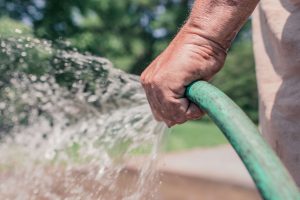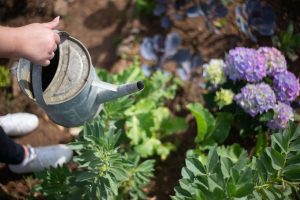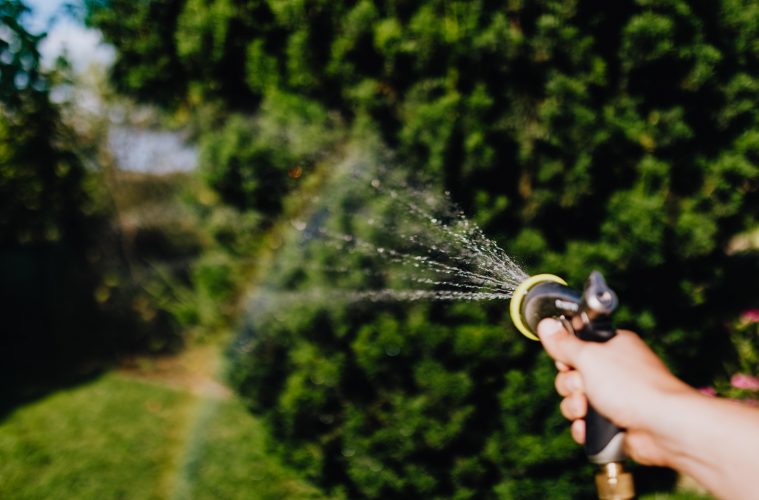Watering your plants and garden is a crucial aspect of successful gardening. However, the timing of your watering routine can greatly impact the health and vitality of your plants. Different seasons bring about varying weather conditions, temperature fluctuations, and changes in daylight hours, all of which influence the water requirements of your garden.
Discover the best times of the day to water your plants and garden based on the different seasons of the year, helping you nurture your green space to its fullest potential.

Photo: Pexels
Spring
As the frost of winter fades away and the days begin to lengthen, spring heralds the awakening of your garden. During this season, the focus shifts towards stimulating new growth. Early morning is the prime time for watering during spring. Watering in the morning allows your plants to absorb the moisture they need to thrive and build up their energy reserves during the day. It also reduces the risk of fungal diseases by allowing the foliage to dry before the cooler night temperatures set in.
Summer
The scorching days of summer bring with them increased evaporation rates and higher water demands for your plants. To help your garden survive the heat, it’s best to water either in the early morning or late afternoon. Watering in the morning ensures that plants have adequate moisture to face the day’s heat while watering in the late afternoon helps replenish any lost moisture and provides relief to plants during the hottest hours. Be cautious, however, not to water too late in the evening, as prolonged moisture on the foliage can encourage fungal growth.
Autumn
As the leaves start to change colors and temperatures begin to drop, your garden starts its transition toward dormancy. During the fall, you can gradually reduce the frequency of watering as plants begin to slow down their growth. Watering in the early morning remains the preferred choice, giving your plants ample time to soak up moisture before cooler nighttime temperatures set in. As winter approaches, it’s important to reduce watering even further to avoid waterlogged soil that can damage root systems during freezing temperatures.
Winter
In many regions, winter brings frost and with the latest winter we’ve had, some have experience frozen ground, making it a season of minimal gardening activity. Most plants are dormant during this time, and their water requirements are significantly reduced. In fact, many plants can rely on natural precipitation during the winter months. However, if you experience a dry winter spell, it’s advisable to water during the mid-morning hours when temperatures are above freezing, allowing time for any moisture to be absorbed before the colder evening sets in.
Read more: 5 ways to make your own fertiliser

Photo: Pexels
General watering tips
Regardless of the season, there are some universal tips to keep in mind when watering your plants and garden:
Water deeply: Rather than frequent shallow watering, aim to water deeply, encouraging plants to develop strong and healthy root systems.
Mulch: Apply a layer of mulch around your plants to help retain soil moisture, regulate soil temperature, and reduce weed growth.
Monitor soil moisture: Regularly check the moisture level of the soil using your finger or a moisture meter. Water when the top inch or two of soil feels dry.
Use the right amount: Avoid overwatering, as it can lead to waterlogged soil and root rot. Adjust the amount of water based on your plant’s specific needs.
Observe your plants: Pay attention to signs of stress, such as wilted leaves, and adjust your watering schedule accordingly.
In every season, your garden’s water needs are influenced by factors such as temperature, humidity, and the stage of plant growth. By understanding these seasonal fluctuations and adapting your watering routine accordingly, you can create a thriving and vibrant garden that flourishes throughout the year. Watering at the right time, in the right amounts, ensures that your plants receive the care they need to reach their full potential and bring beauty to your outdoor space.
ALSO SEE:
Feature image: Pexels


